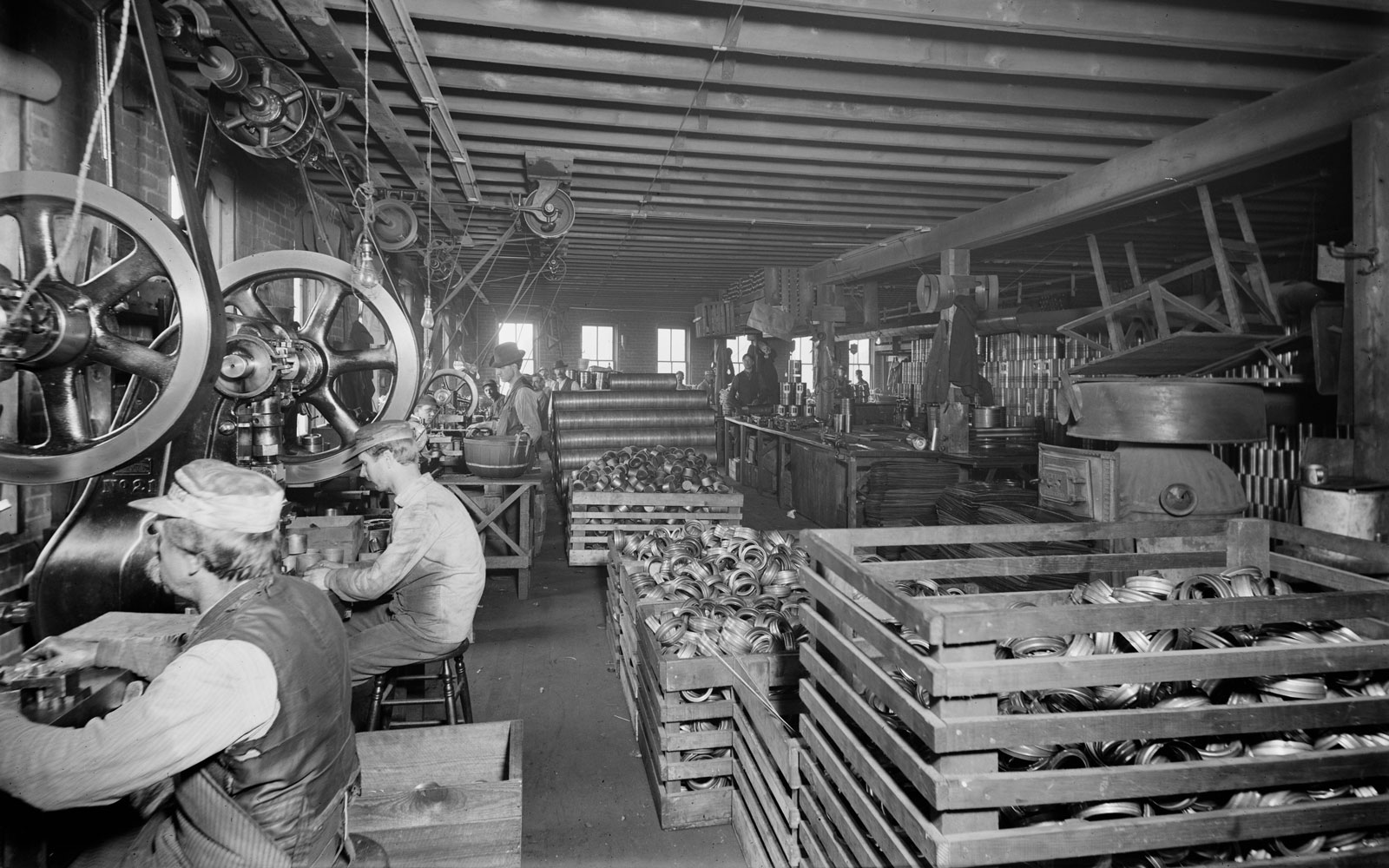When President Lyndon Johnson pushed Congress to pass a comprehensive workplace safety law in the late 1960s, he called the number of job-related injuries and deaths in the U.S. the “shame of a modern industrial nation.”
That version of the bill failed, but the idea took root—fueled by more than a century of workplace accidents, energetic safety advocacy and the incremental development of policies—mostly at the state level—to prevent workplace accidents.
The result was the Occupational Safety and Health Act, which Johnson’s successor, Richard Nixon, signed into law in December 1970.
Statistically, its results have been dramatic: The rate of nonfatal injuries and illnesses in American businesses dropped from 10.9 per 100 full-time workers in 1972 to just 2.8 in 2018.
Those rates, however, mask the starker reality that thousands are still injured and killed on the job. In 2021 alone, 5,190 people died from work-related injuries, according to the most recent figures from the U.S. Bureau of Labor Statistics, amounting to a death every hour and a half.
To drive that number lower and build on the successes of the past 50 years, “we have to change the culture of this country,” Doug Parker, head of the U.S. Occupational Safety and Health Administration, says in a National Safety Council interview coinciding with the organization’s observance of National Safety Month in June.
That requires not just enforcement of existing regulations but “embracing a more comprehensive approach to health and safety management so that everyone is not just reading a rule book but is actively engaged,” says Parker, whose agency was created under the 1970 law to serve as the top U.S. workplace safety regulator.
A vital part of continued improvement is understanding the failures—some of them tragic—and successes of the past. Following is a look at more than a dozen major turning points in workplace safety, starting in the industrial revolution of the late 19th century:
1864: Pennsylvania passes the Mine Safety Act, requiring ventilation to help prevent black lung disease, which is caused by inhaling coal dust over long-term periods.
1877: Massachusetts passes the Factory Act, the first safety and health law for manufacturing facilities in the U.S. Its requirements include safety inspections, fire escapes and the shutdown of machines before cleaning.
1896: The National Fire Protection Association, which sets standards for preventing property loss, injury and death from fires, is formed. Among its first actions is drafting policies for the installation of fire sprinklers.
1908: Passage of the Federal Employers Liability Act makes it easier for railroad workers to win damages if they suffer injuries due to company negligence. The railroad industry is, at the time, the nation’s largest employer.
1908: Congress passes the first workers’ compensation law for federal civilian employees, covering those involved in hazardous jobs including military manufacturing and public works projects.
1911: A fire kills more than 140 workers at the Triangle Waist Company, a dressmaking factory in lower Manhattan. The building, which remains standing more than 100 years later, had only one fire escape, which collapsed during the blaze. Not only did long worktables, jampacked chairs and bulky machines make escape difficult, some doors had been locked to prevent employee theft.
1912: The National Council for Industrial Safety is formed by representatives of some of the largest U.S. businesses, including manufacturers and transportation companies, “for the preservation of human life.” The organization is later renamed the National Safety Council and, in 1953, granted a Congressional charter.






Talk to Us!
Leave a reply
Your email address will not be published. Required fields are marked *